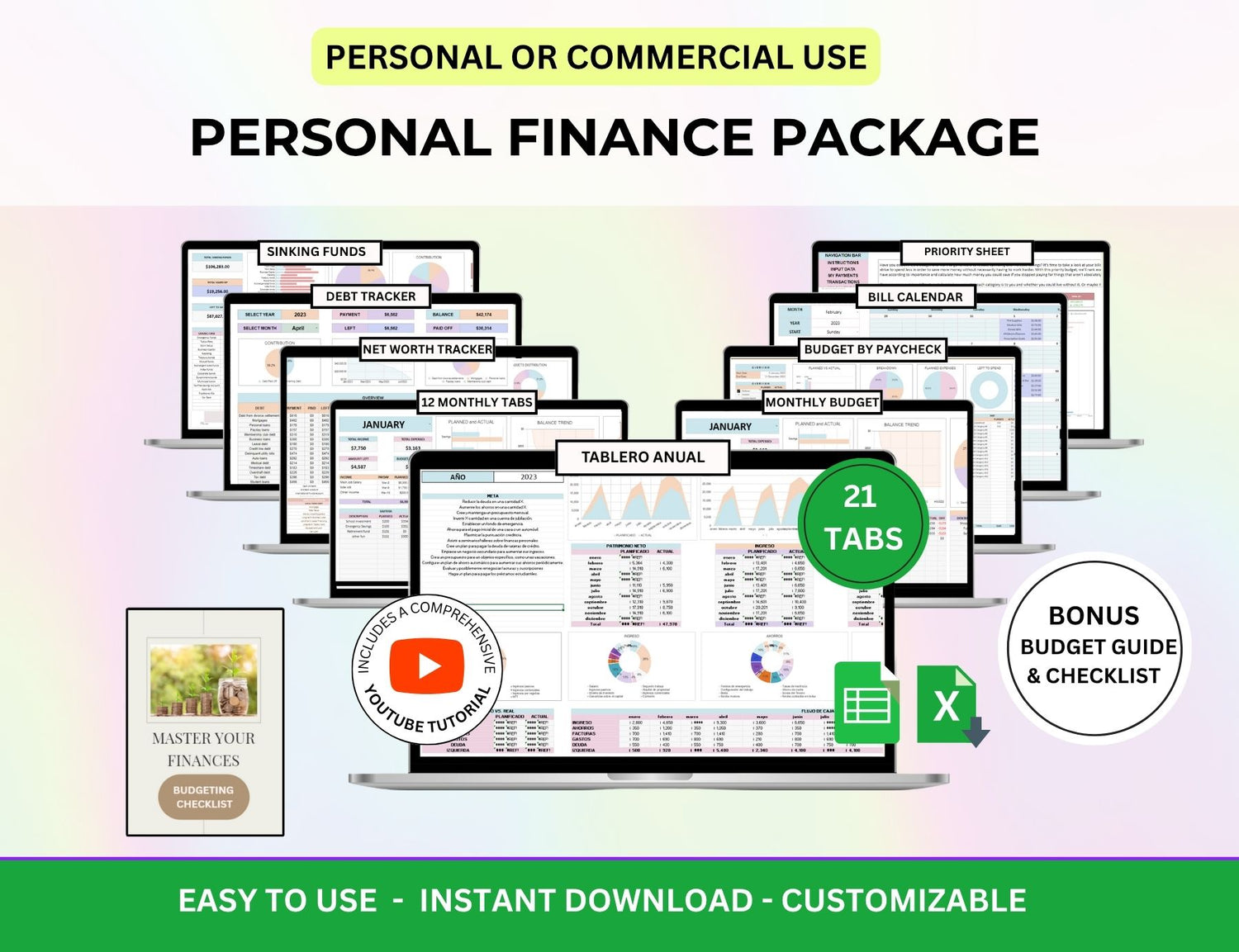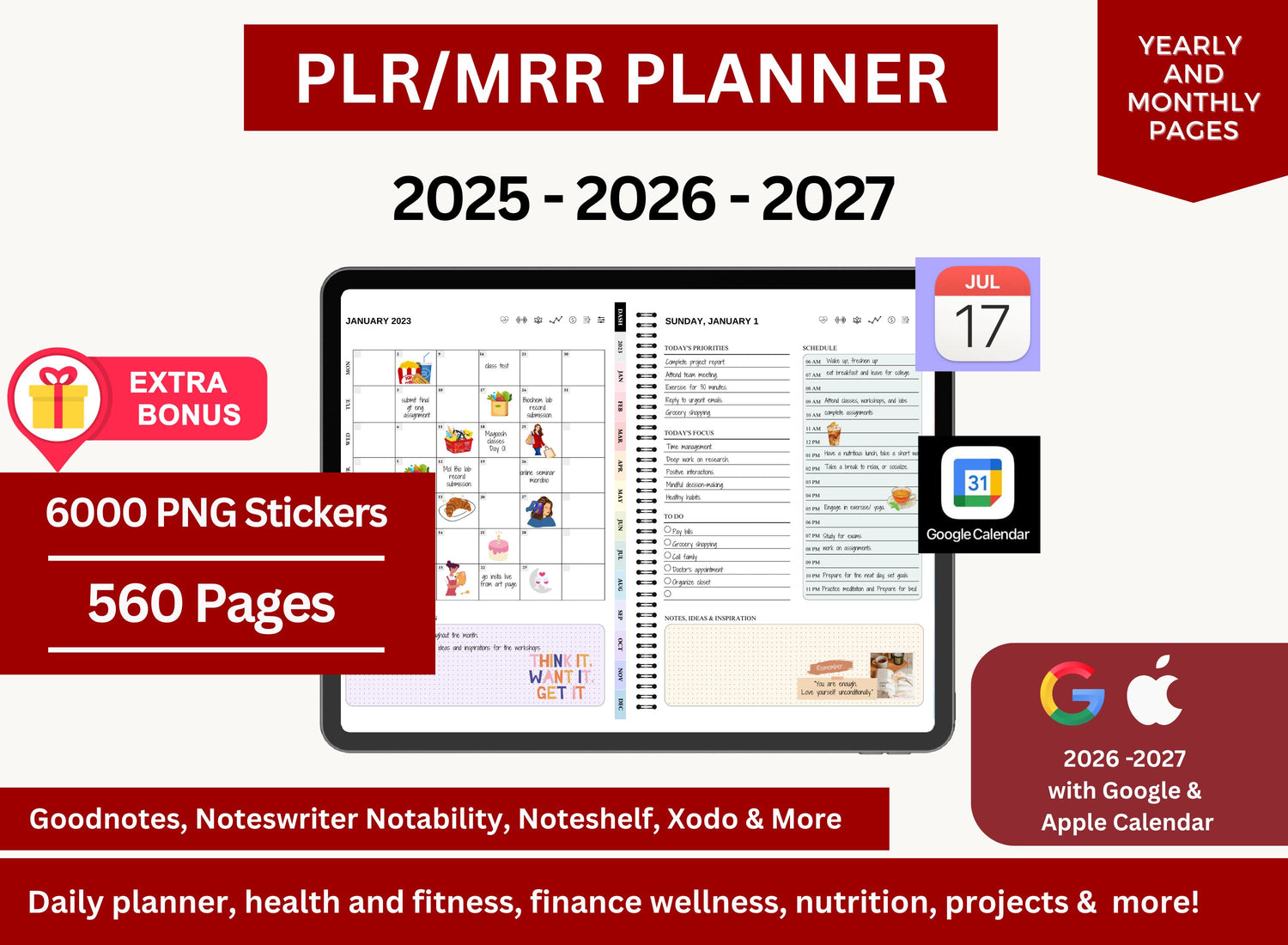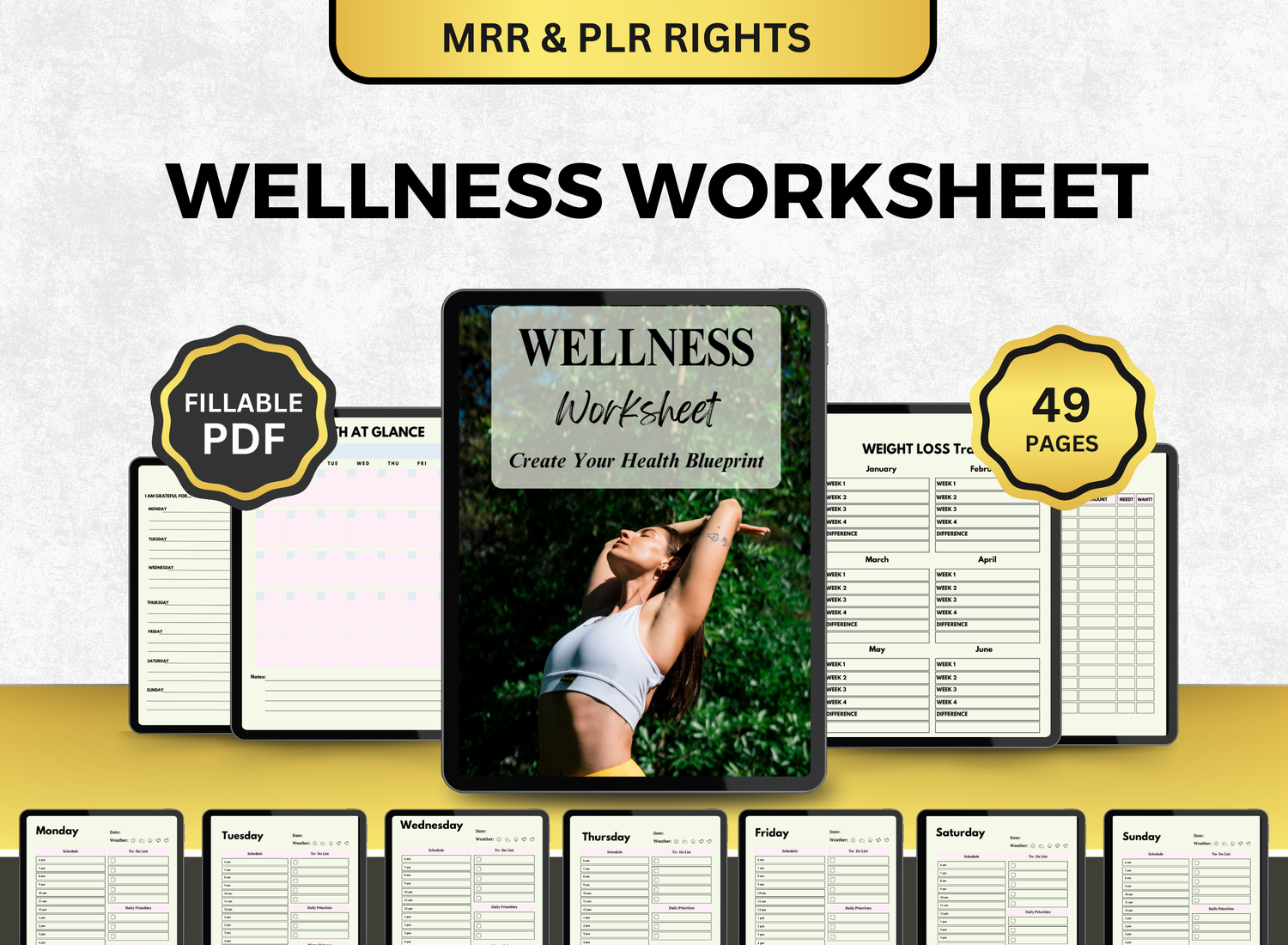Selling Digital Products on Etsy? Here’s Why You Should Start Using PLR Today
So, maybe you’ve been toying with the idea of selling digital products on Etsy. Maybe you’ve even set up a shop, uploaded a few listings, and now you’re waiting for the magic to happen. Or maybe you’re still researching, wondering what you could possibly sell that hasn’t already been done a thousand times. That's fair.
The digital marketplace can feel crowded. Overwhelming, even. Everyone seems to be making planners, social media templates, eBooks, and spreadsheets. And somehow, some sellers are posting dozens of products each month. If you’re asking yourself, “How do they manage that?”—you’re not alone.
The answer, quite often, is PLR.
Let’s walk through what that means, why it matters, and how it can help you build something sustainable on Etsy. Maybe even enjoyable.
TL;DR
The Gist |
Why It Matters |
Next Move |
|
Selling on Etsy? Stop doing everything from scratch. |
PLR = Pre-made content you can tweak, brand, and sell fast. |
Start using PLR to scale smarter, not harder. |
First Things First: What is PLR?
PLR stands for Private Label Rights. It’s pre-made content you can legally buy, tweak, rebrand, and resell. Think of it like semi-finished goods. Someone else did the foundational work, and now you get to refine it and make it yours.
There’s a range. It could be a 40-page eBook on productivity, a bundle of Canva templates for wedding planners, or a digital journal for mindfulness. Some PLR comes with Master Resell Rights, which allows you to sell not just the product but also the rights to resell the product. Not every PLR license includes that, so you’d want to check carefully. I once assumed I had MRR for a set of guides on goal setting and… well, let’s just say that email exchange with the creator was humbling.
Anyway—the core idea is this: you get a ready-to-use product, which you can modify and market as your own.
Sounds convenient, right? But also maybe a little too convenient?
Let’s dig deeper.
(An example of a PLR product; all-in-one small business planner.)
Why PLR Might Actually Make Sense
I’ll be honest. When I first heard about PLR, I dismissed it. It sounded like cutting corners. Like something low-effort sellers would do. But the more I looked into it, the more I realized that wasn't a fair assessment. It wasn’t even accurate.
PLR is a tool. How you use it determines its value.
1. Time-Saving
Creating digital products from scratch? It takes time. Sometimes, a lot of time. If you’ve ever tried writing an entire eBook or building a 30-page planner from scratch in Canva, you know what I mean. It’s rewarding, sure. But it’s also exhausting.
With PLR, you start from a base. The outline is already there. The design might already be structured. You get to jump right into refining it. That alone can cut your production time in half, maybe more. When I first tried it, I finished and published a new product in an afternoon—something that used to take me a full week.
2. Cost-Effective
Designers and writers deserve fair pay. But if you’re just starting out and watching your budget, hiring out every piece of content can get expensive. A decent PLR bundle might cost anywhere from $5 to $50, depending on the quality and license. That’s far less than custom work.
And yes, the quality varies. Some PLR is, frankly, not great. But with a little digging (and maybe a test purchase or two), you can find providers who produce clean, editable, well-written content. Some even offer niche-specific bundles. I once found a PLR kit for digital detox planners that felt eerily aligned with what I would've created myself.
3. Scalability
Once you customize a PLR product and list it, it becomes a digital asset. You can sell it over and over again with no additional work. That’s the beauty of digital downloads.
And yes—that’s kind of the dream, right? Passive income. Or at least something close to it. Etsy, after all, runs 24/7. You could be sleeping or out walking your dog, and someone might purchase your journal or productivity guide.
Of course, that doesn’t mean it’s truly passive. You still need to handle customer inquiries, optimize listings, and probably update your products over time. But still, the upfront work is significantly lower with PLR.
4. Creative Freedom (Yes, Really)
Here’s something that surprised me: using PLR actually helped me feel more creative, not less.
I know that sounds backward. But think about it. When the basic structure is already done, your brain is free to play. You can change the colors, adjust the copy, insert personal stories or case studies, redesign the layout, and experiment with new styles.
Instead of staring at a blank screen, you get to iterate.
(Another example of an editable PLR product; airbnb rental income and expense spreadsheet.)
Common Objections (and Why They’re Worth Questioning)
“Isn’t PLR just low-quality content?”
Sometimes. Not always. Just like anything else you buy online.
The trick is knowing what to look for. Well-written copy, clean formatting, editable files, and clear licensing terms. There are creators out there producing high-value PLR because they know their audience is going to resell it. Their reputation depends on it.
I’ll admit I bought a $7 PLR ebook once that was basically unreadable. But I’ve also bought a $19 Canva bundle that I still use variations of, two years later.
“Won’t everyone else be selling the same thing?”
This one’s tricky.
Yes, technically, other people can buy the same PLR. But here’s the thing: most people don’t customize it enough. They tweak a title, maybe change a few fonts, and that’s it. Which means if you go the extra mile—redesign layouts, rewrite sections, add your voice—your version will stand out.
That said, there's always a risk. You may not be the only one selling a productivity planner that week. Or that month. But let’s be honest—original products face competition too.
“Isn’t it inauthentic to use someone else’s content?”
Maybe? But also… not necessarily.
Think of it this way: ghostwriters exist. Templates exist. Businesses outsource creative work all the time. If you’re transparent with yourself about how much you’ve customized and improved the product, and your end customer gets something genuinely helpful—does that still feel inauthentic?
There’s room for interpretation here. I think it comes down to intention and effort.
(An example of an easy-to-customize PLR product; "Grow a Rose" habit tracker.)
Real People, Real Results
A few quick stories, just for perspective.
Rachel Jimenez, a 36-year-old mom, reportedly makes over £60,000 a year selling digital downloads on Etsy, with just 5–10 minutes of work a day. (The Sun) That kind of claim might seem exaggerated, but there are multiple interviews and breakdowns of her process.
Another example? Mak, 25 years old, left university and now earns upwards of £700 a day from her Etsy shop. She started with minimal experience. (The Sun UK) Again, it's not a promise of success, but it does hint at what's possible.
Are these stories typical? Probably not. But they do suggest that, with the right systems in place, digital products can turn into a serious side hustle—or more.
What You Can Do With PLR
Let’s get specific.
- Take a PLR eBook and turn it into an email course.
- Convert a digital planner into printable wall art.
- Break a bundle into multiple niche products.
- Combine several PLR resources into a larger offer, like a mini-course or coaching package.
- Use the copy as a script for YouTube videos, or even a podcast.
The possibilities open up once you stop viewing PLR as “plug-and-play” and start seeing it as raw material.
(Another example of a PLR product; PLR wedding spreadsheet.)
A Few Ground Rules
Some light caution is warranted here.
- Always read the license. Not all PLR is created equal. Some licenses allow you to sell the product as-is. Others require you to make changes. Some prohibit resale on marketplaces like Etsy entirely.
- Customize deeply. Surface-level edits won’t cut it. Change visuals, rewrite headlines, reorganize sections. Make it yours.
- Check for plagiarism. Occasionally, PLR providers reuse content from questionable sources. It’s smart to run your final product through a plagiarism checker.
- Maintain quality. Your shop’s reputation depends on what you deliver. Make sure it actually helps someone. That’s the goal, right?
Final Thoughts (Which Are Still Kinda Unresolved)
I’ll say this: PLR isn’t a silver bullet. It won’t guarantee you success, just like using Canva or ChatGPT won’t magically make you rich. But it is a resource—one that a lot of successful Etsy sellers quietly rely on.
If you approach it thoughtfully, ethically, and creatively, it can help you scale faster and test ideas more freely. That matters. Especially when you’re juggling other responsibilities, or still figuring out what your niche should even be.
So, should everyone use PLR? Not necessarily.
But if you want to make money online, build a flexible side hustle, or create digital downloads that don’t consume all your free time—it’s worth exploring. Just don’t expect it to do the work for you. It still requires effort. The shortcut is real, but the finish line? Still up to you.
And honestly, maybe that’s a good thing.









